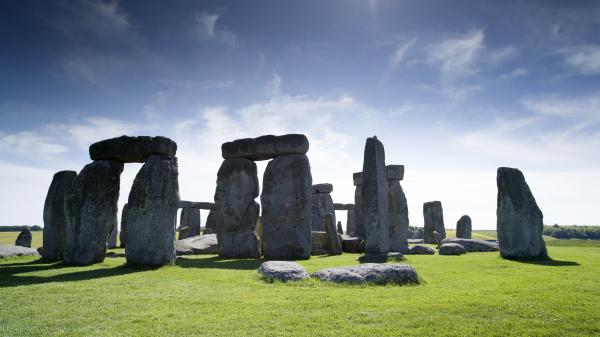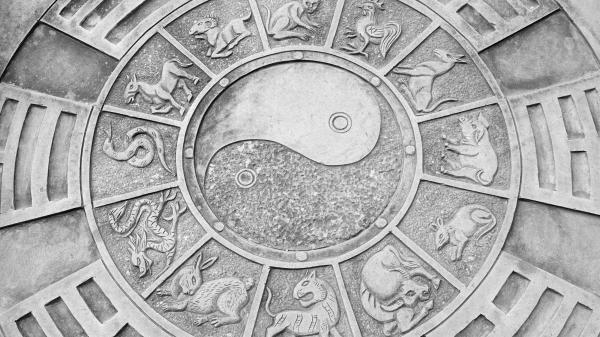Traditions and Holidays Around the June Solstice
The June solstice is a significant turning point during the year. Find out how people around the world celebrate it.

Some historians point to Stonehenge in Wiltshire, England, as evidence that ancient humans used the June solstice as a calendar.
©bigstockphoto.com/dubassy
Signifying Changes
The June solstice is often associated with change, nature, and new beginnings.
People around the world celebrate the day, which is also known as the summer solstice in the Northern Hemisphere and the winter solstice in the Southern Hemisphere, with feasts, bonfires, picnics, and traditional songs and dances.
11 interesting facts about the June solstice
An Ancient Celebration
Celebrations surrounding the June solstice have a time-honored history. In ancient times, the date of the June solstice was used to organize calendars and as a marker to figure out when to plant and harvest crops. Traditionally, this time of year was also popular for weddings.
Stonehenge: An Ancient Calendar Organizing System?
Some historians point to Stonehenge, a prehistoric monument in Wiltshire, England, as evidence of the fact that ancient humans used the June solstice as a way to organize their calendars. Some believe that Stonehenge's unique stone circle was erected around 2500 BCE in order to establish the date of the June solstice. Viewed from its center, the Sun rises at a particular point on the horizon on day of the solstice. Some theories suggest that the builders of Stonehenge may have used the solstice as a starting point to count the days of the year.
Celebrating Femininity in China
In ancient China, the solstice in June was observed by a ceremony to celebrate the heavens, masculinity, and “yang” forces. It complemented the winter solstice that celebrated the Earth, femininity, and the “yin” forces. According to Chinese tradition, the shortest shadow is found on the day of the summer solstice.

In ancient China, the summer solstice was associated with feminine or yin forces.
©bigstockphoto.com/90240494
Midsummer Feasts
In ancient Gaul, which encompasses modern-day France and some parts of its neighboring countries, the Midsummer celebration was called Feast of Epona. The celebration was named after a mare goddess who personified fertility and protected horses. In ancient Germanic, Slav, and Celtic tribes, pagans celebrated Midsummer with bonfires. After Christianity spread in Europe and other parts of the world, many pagan customs were incorporated into the Christian religion. In parts of Scandinavia, the Midsummer celebration continued but was observed around the time of St John’s Day, on June 24, to honor St John the Baptist instead of the pagan gods.

Midsummer maypole in Sweden.
©bigstockphoto.com/mikdam
Modern Day Celebrations
In northern European countries like Sweden, Denmark, Norway, and Finland, Midsummer is a festive celebration. When the summer days are at their longest, and in the north, it is the time of the Midnight Sun, festivals generally celebrate the summer and the fertility of the Earth. In Sweden and many parts of Finland, people dance around Maypoles. Bonfires are lit and homes are decorated with flower garlands, greenery, and tree branches.
In the Baltic states (Estonia, Latvia, and Lithuania) Midsummer is an occasion to travel to the countryside and connect with nature. Many people light bonfires and stay up all night drinking, singing, and dancing.
From Higan to Chuseok: Holidays connected to astronomic events
New Age and Neopagan Customs
There are many solstice observances held by New Age and Neopagan groups throughout the world. Thousands of people, including modern-day druids and pagans, usually gather at Stonehenge for this occasion.
In some parts of the United States, events that focus on the theme of the summer solstice are held. These events include: local festivals featuring art or music; environmental awareness activities that focus on using natural sunlight as a source of energy; and family gatherings.